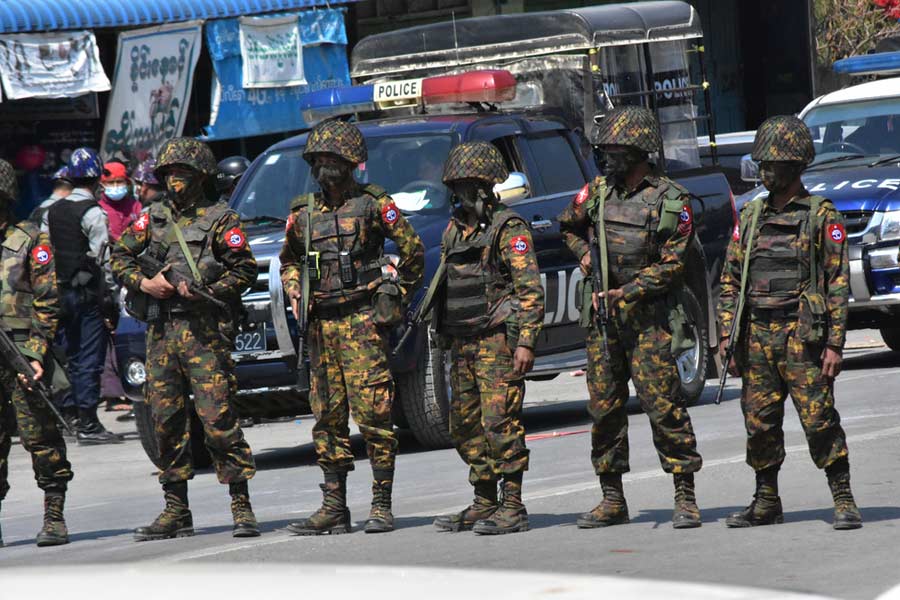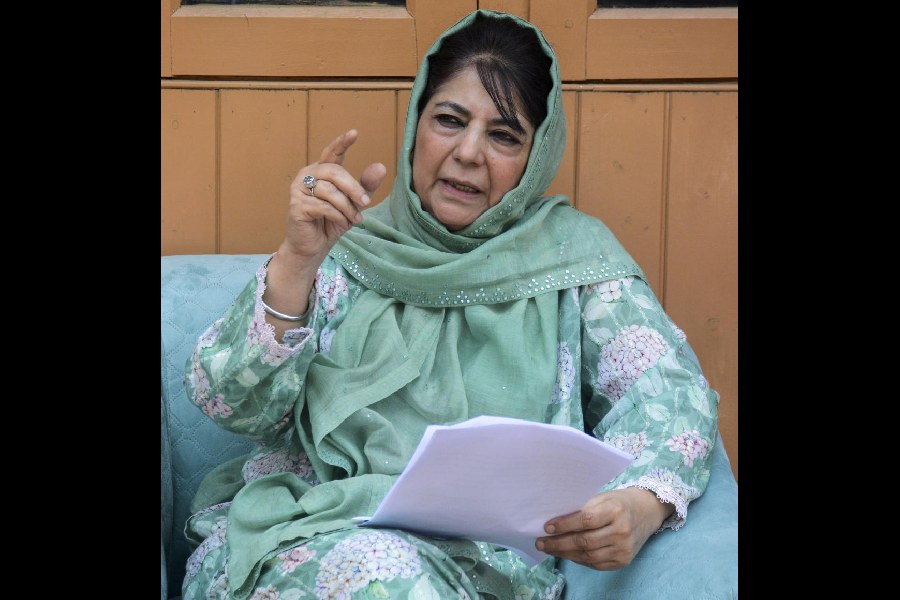 |
| An imagined roadsign in New Town. Picture by Sanat Kumar Sinha |
New Town is set to be possibly the first township in India that would be using a numerical address system. No alphabetically arranged blocks as in Salt Lake, no street names as in the rest of Calcutta. It would be a set of numbers that would indicate the address of a house in the township.
“The whole address would come in a six-digit package. The first two digits would be the house number and the last four digits would represent the street number. The block system would be scrapped,” said Debasish Sen, chairman of Housing Infrastructure Development Authority (HIDCO) at Nagarayan Bhavan, the new office complex of urban development department.
For example, if 06-1111 is the address of a particular building, 06 would stand for the house number and 1111 the number of the street on which the building stands. The North-South streets would be even-numbered while the East-West ones would be odd-numbered. In cities like New York and Washington, one would find similar address systems, Sen said.
All property owners already have a plot number as mentioned in their building plan. Only the street number would be added to it. The numbering would start from the Salt Lake side of New Town and would cover all the action areas.
Explaining the disadvantages of the block system of addresses, Sen pointed out that it created confusion. “The house numbers cannot be given serially. For example, one would find that a lane is ending with plot number 81. Then if one takes a right turn then the plot which would greet one might be numbered say, 125. It is very frustrating,” said Sen.
Salt Lake’s address system is modelled in such a fashion and it has proved to be quite a hurdle for both residents and visitors to the township. Locating a house in Salt Lake is a big task and the situation worsens after sundown when the number of local residents on the streets to help a visitor reduces drastically.
“The streets of New Town are linear, as a result the houses can be numbered serially. There is a beginning and there is an end. One side of the street will feature odd-numbered houses and the opposite side will feature even-numbered houses. The streetwise numbering is user-friendly,” said Sen.
He further informed that the numerical address system would be upgraded to Geographic Information System, which is designed to capture, store, manipulate, analyse, manage, and present geographical data. “We are preparing this to help us collect taxes. Once the system is implemented and uploaded to the New Town Kolkata Development Authority (NKDA) website, one has only to enter the address to get the location of the house and the list of people staying there.” But the database will not be integrated with Google Map’s as that is a public platform.
The address package will not exceed beyond the six-digit number. “We might go for hexa-decimal numeric system in case the addresses go beyond the number 99,” said the chairman cum managing director of HIDCO.
The NKDA will soon put up street number signs and maps at strategic corners to help locate a house. Zone-wise and landmark-based groupings will also be worked out. “Tenders have been floated and work orders would be issued within this week. The road signs would be in place within two-three months.”
Residents of the township have yet to figure out how the system will work. “This is new to us. As I used to stay in Salt Lake, the block-based address system seems easier for me,” said Monika Chakraborty, a resident of Animikha Housing Complex. Some like Animesh Chatterjee, a resident of Balaka Abasan, welcomed the change. “The numerical address system would change the concept of address systems in our country,” said the retired employee of United Bank of India.











